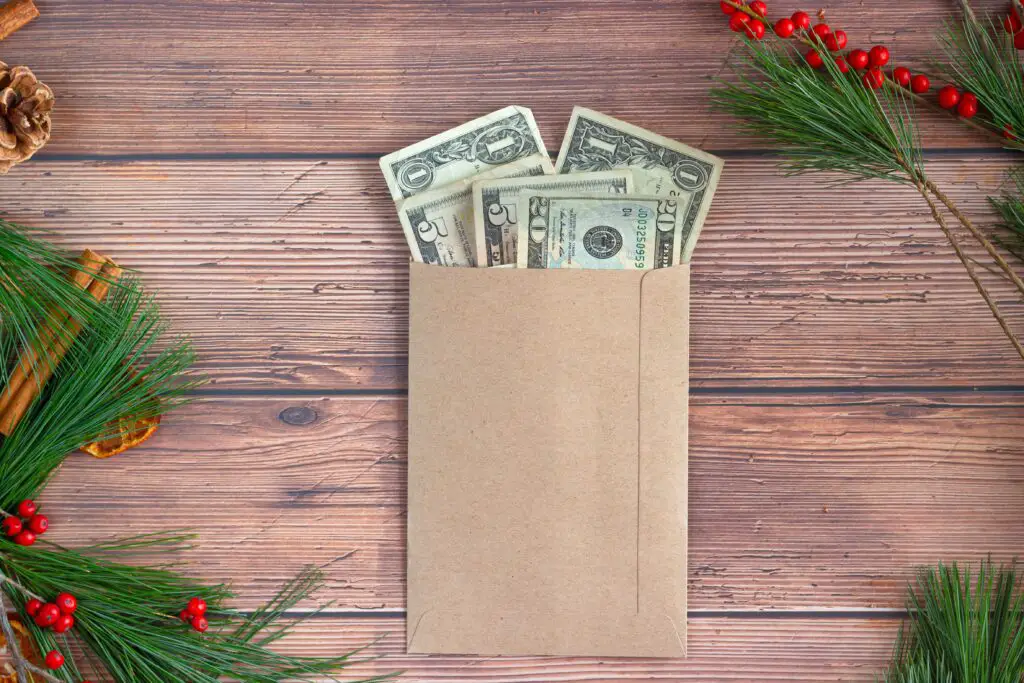Money order certificates are usually issued by governments or banks and allow the payee to receive cash upon request. Money orders function more like checks, but here the purchaser can stop at any point of payment. Once received, they are converted into cash and are often used by people who do not have a checking account. Let us know ‘Money Order Verification’.

Money Order Verification
Things Every Customer Must Know About Money Orders:
- We need to purchase money orders and have to pay a small fee. So, people could receive the amount on the receiving end.
- In addition to big box stores and banks, we can also buy it in Walmart and other stores.
- It is a safe alternative for individuals who don’t want to use cheques, debit, or credit cards.
- The use of international money orders is one of the most cost-effective and expedient ways to send money overseas.
- The numbers on money orders are not personal details such as PANs and bank account numbers.
- You can deposit it into a bank account without paying any fees.
- Money orders have the potential to be misused by their recipients. Additionally, it may be difficult to track the funds, resulting in a delay in receiving the funds.
Normally every agency has its Money order verification system that is triggered when a money order is purchased. The verification system contacts the agency where the money order was purchased and retrieves the information the system requests, like the money order number, and the amount of money purchasing the money order. Money order receipts and proof of stubs usually contain the contact information for the agency. These are often torn off for your records. A website is available for contacting the agency.
Money orders typically include watermarks, thread marks, and thermometric features that allow them to be identified as real or fake. This may indicate fraudulent activities if some of these things are broken or not appropriate.
The government provides the following recommendations to its customers:
- When a customer uses a check, they should ensure that it contains their address in the top left corner. If the address is not included, they should use a money order.
- It is preferable not to use foreign bank money orders.
- The money order must always be sent with the other OPT application materials. Separate submissions of the materials are not acceptable.
- The abbreviation to whom the money order will be sent must always be checked properly. If it gets wrong the money order will get cancelled.
- Money order always requires the sender and receiver’s address.
- Fill out the Memo or payment for the section with the correct details. Sevis numbers can also be found in the upper left corner of most money orders to prove they are valid.
- Money orders should never be signed on the back.
What to do if you are unsure if your Money Order is legit or not?
The legitimacy of money orders can be a concern. Some people make fake money orders. If people have any issues regarding the money order they should call the issuing company for verification.
How to Examine the Money Orders?
- Real USPS money orders or any other organization’s money orders have specific designs and marks to prevent fraud, if we hold it near a bright light we could see that.
- We can also see watermarks on most of the money orders.
- There are multicolored threads used with the letters that weave in and out of the paper.
- Checking the Dollar Amount: Most of the time the dollar amount is colored if it has been discolored then it might have been erased indicating fraud.
- As per the norms, the dollar amount must be imprinted twice and a check for this.
- Look at the dollar amount to determine if it is too large.
- Domestic and international orders cannot exceed $1000
Suspecting a Fake Money order?
- If you suspect fraud, call the US postal inspection service case.
- Our money order verification system will alert us if we receive a fake money order.
Once we call or contact them they will provide the required information, money order status will also be given. A money order verification is useful to obtain if someone or an organization claims they did not receive a money order. When we track the money order and determine it was not cashed out or deposited and we received your document at least two weeks before calling, the agency advises you to request a photocopy or apply for a refund via the claim card.
Due to the increase in money order fraud, it has become necessary to verify money orders. We must be vigilant whenever we suspect that any of us is a victim of a money order scam that sent a fraudulent document to our home. By doing so, the agency will be able to examine factors that
Conclusion
Nowadays, money orders are much more secure than they used to be, but sometimes they can be hard to track. A money order that turns out to be fraudulent also gets heckled by the receiver. Finding out about the status of a money order and checking its status simultaneously can be tiresome. For money orders to be tracked and verified, a form must be completed and an additional fee has to be paid. Additionally to checks and money orders, other financial instruments such as cheques, bank drafts, and cashier checks can also be used to guarantee funds to someone or a business. As a consequence, verification benefits both the company and the recipient. A company learns to avoid fraudulent activities in the future and can use this knowledge to make their verification fraud-proof.
